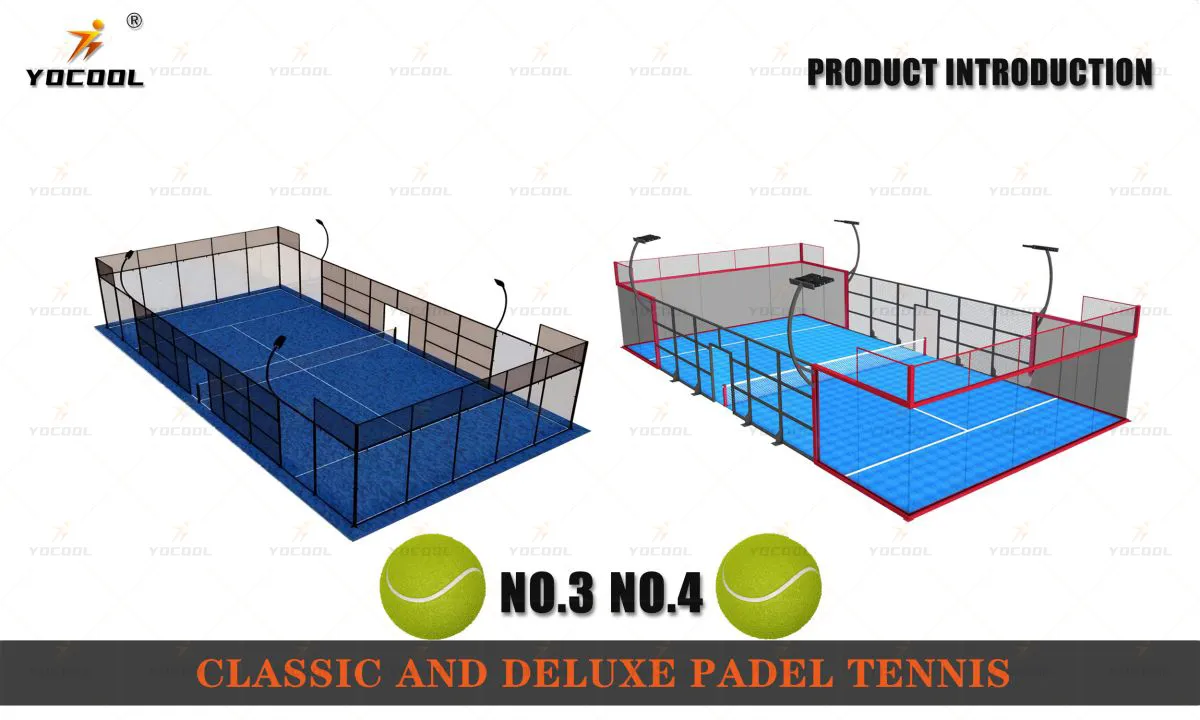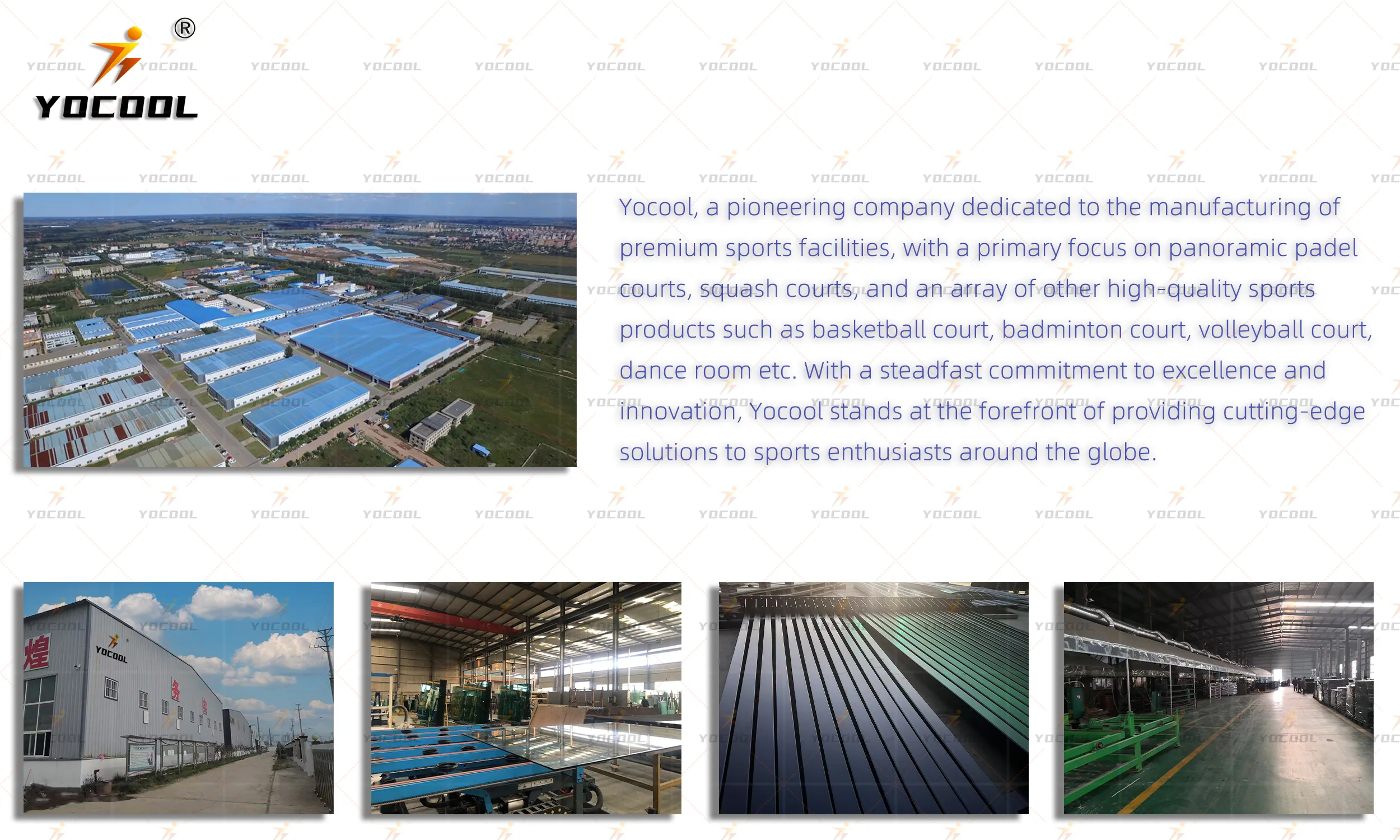The Padel court, a rapidly rising star in the world of racquet sports, presents a unique blend of challenges and excitement for players of all levels. As more people discover this engaging sport, understanding the nuances of a Padel court can significantly enhance one’s playing experience. Offering insights from seasoned players and court manufacturers, we'll explore the key elements that make a Padel court distinct and desirable.

First and foremost, the dimensions of a Padel court are meticulously designed to foster dynamic gameplay. Measuring 10 x 20 meters, it is smaller than a traditional tennis court, allowing for fast-paced action and quick reflexes. The surrounding walls, usually made of glass or mesh, are integral to the game, enabling continuous play as the ball can be bounced off them. This enclosed design not only adds an extra layer of complexity to the game but also ensures that spectators have an unobstructed view, enhancing the overall energy of the match.
The choice of materials for the court surface is another crucial aspect. Premium Padel courts often feature artificial turf, offering both excellent traction and a consistent bounce of the ball. This surface material is essential for preventing injuries, providing an even playing field where the ball's behavior can be anticipated by players. Expert players emphasize the importance of maintaining the turf, suggesting regular brushing and sand refilling to ensure longevity and top performance.

Illumination on the Padel court is an often overlooked yet critical component. Advanced LED lighting systems are recommended, providing uniform light distribution without glare, which is vital for evening matches. Proper lighting not only enhances visibility but also extends the usable hours of the court, maximizing its utility.
Acoustic considerations also play a role in Padel court excellence. The material and structure of the walls affect how sound travels, impacting player communication and the audience's experience. Manufacturers are increasingly focusing on optimizing the acoustics to create a more engaging environment both for players and spectators.
padel court
Safety features cannot be understated in their importance. Reliable padding in key areas and robust construction materials ensure player safety during high-intensity matches. Regular inspections for both wear and tear and structural integrity are essential practices endorsed by professionals in the sport to prevent accidents and maintain a welcoming environment for players of all ages.
For clubs and sports facilities looking to install or upgrade a Padel court, selecting the right location is paramount. Accessibility, weather conditions, and potential for audience capacity should influence the choice, ensuring that the court not only enhances athletic performance but also becomes a hub for community engagement.
Finally, the rising popularity of Padel is supported by a growing body of research and professional expertise, underlining the importance of adhering to international standards for court construction and maintenance. Associations governing the sport offer guidelines and certifications that can bolster the credibility and attractiveness of a facility.
In summary, a well-constructed Padel court embodies a blend of thoughtful design and expert insight, ensuring that it delivers a superior playing experience. By focusing on quality and innovation in materials, lighting, and safety, facilities can attract both enthusiastic newcomers and seasoned players, contributing to the sport's vibrant community and ongoing growth.



